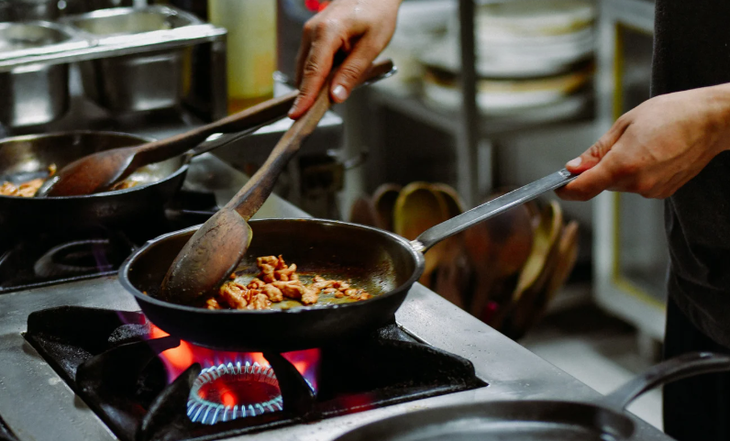
When cooking food from a frozen state, the biggest problem lies in uneven heat transfer. The surface often heats up and cooks first while the core remains cold, creating conditions for dangerous bacteria to survive - Photo: AI
Bacteria such as Salmonella, Campylobacter, E. coli or Vibrio are only killed when food reaches a sufficient core temperature, while some bacterial toxins are not destroyed by heat if they have already formed.
Therefore, the golden rule in cooking is to defrost safely, cook to the appropriate core temperature and absolutely do not defrost at room temperature.
With raw chicken , the thick structure and spongy tissue cause the outside to cook sooner than the inside. This increases the risk of Salmonella and Campylobacter remaining if the core has not reached 74°C.
The best way to thaw is in the refrigerator, which can take 12 to 48 hours depending on the size. If you need to speed things up, you can wrap them tightly and soak them in cold water, changing the water frequently, or use the defrost setting in your microwave but cook them immediately afterward.
Once thawed, chicken should be cooked thoroughly, checking with a food thermometer to ensure the core is at a safe level.
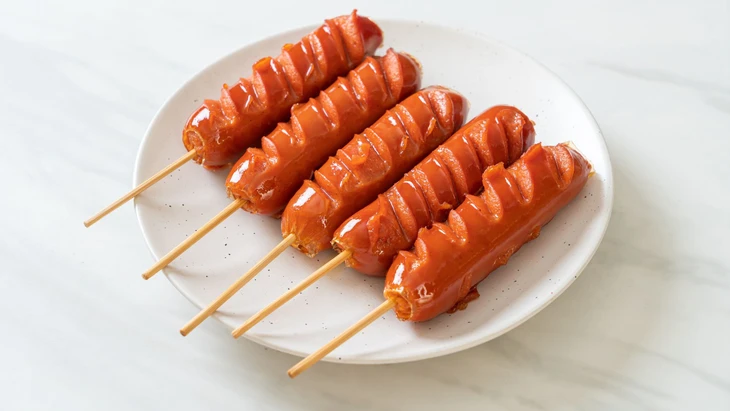
Sausages need to be clearly distinguished between processed and raw types - Photo: AI
With raw sausages , the dense structure makes it difficult for the core to reach a safe temperature when cooked directly from frozen. Therefore, thawing before cooking is the safer option.
Conversely, cooked or pre-cooked sausages can be reheated or grilled directly from frozen according to the manufacturer's instructions.
However, when processing raw sausages, it is still necessary to ensure the core temperature reaches around 71°C to completely kill bacteria.
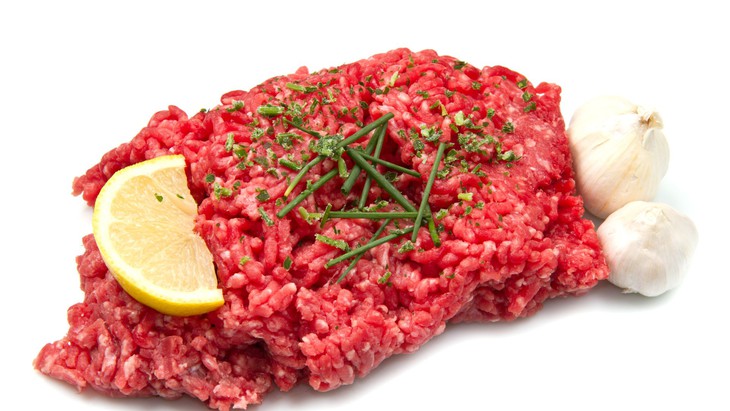
Minced meat is the most dangerous food group if cooked without defrosting - Photo: AI
With minced meat , due to the large surface area, bacteria can be distributed throughout the meat, not just on the outside like in a whole piece of meat. If cooked while frozen, the outside can be cooked thoroughly while the inside is still cold, increasing the risk of E. coli and Salmonella.
Therefore, minced meat should always be thawed in the refrigerator or microwave and cooked immediately afterwards. The core temperature should be at least 71°C for minced beef or pork, and 74°C for minced poultry.
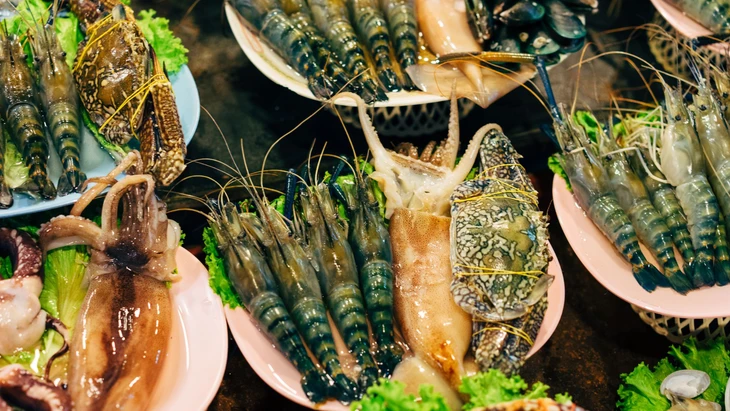
With shrimp and shellfish, the risk often lies in uneven cooking and microbial toxins - Photo: AI
When cooking shrimp and seafood directly from the freezer, the outer layer can easily overcook, becoming tough and tough, while the inner layer remains cold. In addition, some bacteria such as Vibrio or viruses that cause intestinal diseases may still exist.
In particular, some of the natural toxins in tuna and mackerel, such as histamine, are not eliminated by freezing or cooking. Therefore, the safest way is to thaw seafood in the refrigerator, or more quickly in cold water in a sealed bag, and then cook until the fish turns opaque and firm, the shrimp turns pinkish-orange and the meat becomes firm.
With clams and oysters, make sure to cook until all the shells open, and discard any that do not open.
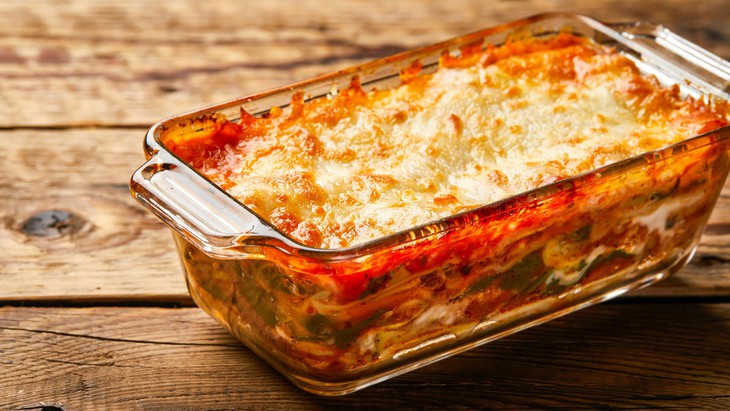
Homemade frozen dishes like lasagna, meat pies or layered casseroles are even more complicated - Photo: AI
With cakes or stews , because they contain layers of ingredients with different thermal conductivity, the outside of the cakes can be hot and even burnt while the middle, often containing minced meat, cream sauce or cheese, remains cold. This puts the dish at risk of becoming a hotbed of bacteria if not handled properly.
The best method is to thaw completely in the refrigerator before re-baking, which can take up to a day or two for large trays. If you must cook from frozen, cover the top with foil to prevent burning, extend the baking time and always use a thermometer to check that the core reaches 74°C.
After removing from the oven, let the food rest for a few minutes to allow the heat to evenly distribute. When preparing to freeze, dividing it into small portions, cooling quickly and sealing them will make defrosting easier and safer later.
In all cases, a food thermometer is an indispensable tool for safety. The standard temperature is 74°C for poultry, 71°C for minced meat, 63°C for fish and at least 74°C for multi-layered dishes or reheated foods.
Three safe ways to defrost
Thaw in the refrigerator, in cold water in a sealed bag, or in the microwave, provided that you cook immediately. Food thawed in the refrigerator can be refrozen without cooking, but the quality will be reduced. If thawed in water or in the microwave, refreeze only after cooking.
Most importantly, never defrost at room temperature, never let raw food come into contact with cooked food, and always discard any items that show signs of abnormality, such as strange odors, discoloration, or bubbles.
Despite its convenience, cooking food directly from frozen always poses food safety risks. Practicing proper thawing and cooking techniques not only helps protect your health but also preserves the natural flavor, tenderness and nutritional value of the food.
Source: https://tuoitre.vn/5-loai-thuc-pham-tuyet-doi-khong-nen-nau-ngay-sau-khi-lay-tu-tu-dong-20250922231918473.htm


![[Photo] National Assembly Chairman Tran Thanh Man attends the 725th anniversary of the death of National Hero Tran Hung Dao](https://vphoto.vietnam.vn/thumb/1200x675/vietnam/resource/IMAGE/2025/10/12/1760285740475_ndo_br_bnd-8978-jpg.webp)

![[Photo] The 1st Government Party Congress held a preparatory session.](https://vphoto.vietnam.vn/thumb/1200x675/vietnam/resource/IMAGE/2025/10/12/1760257471531_dsc-4089-jpg.webp)

![[Photo] Delegation attending the Government Party Congress visited President Ho Chi Minh's Mausoleum](https://vphoto.vietnam.vn/thumb/1200x675/vietnam/resource/IMAGE/2025/10/12/1760240068221_dsc-3526-jpg.webp)

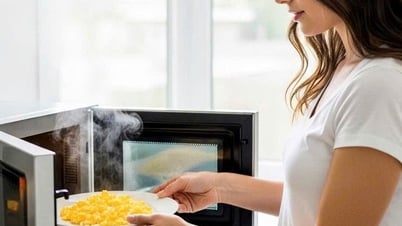

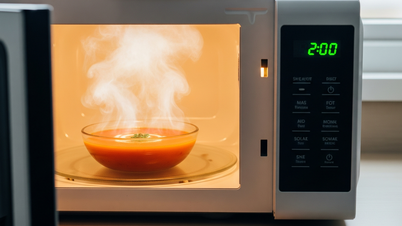
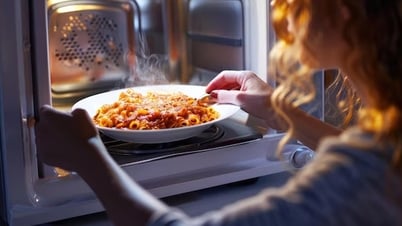
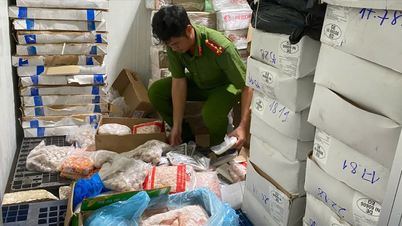


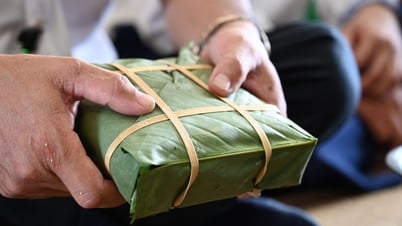





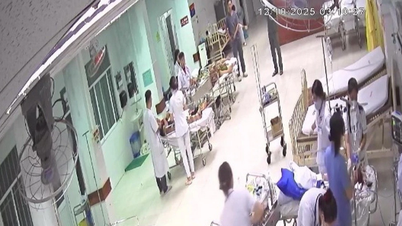

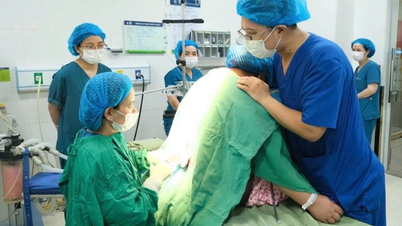

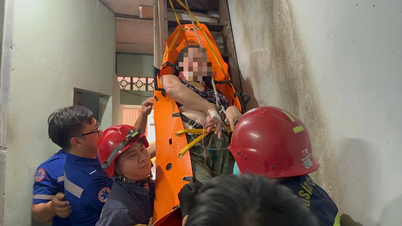









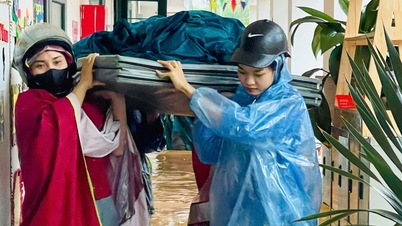






























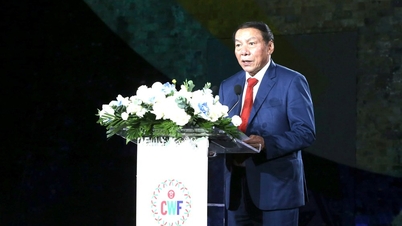






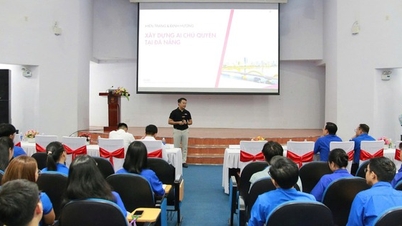






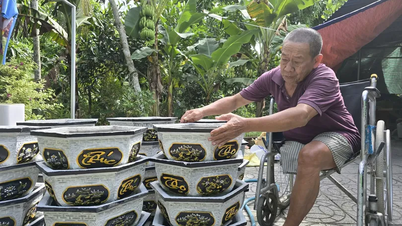

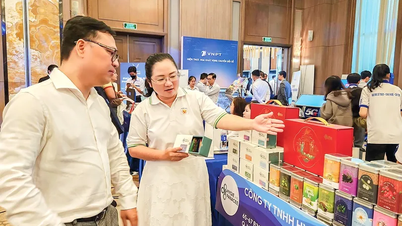
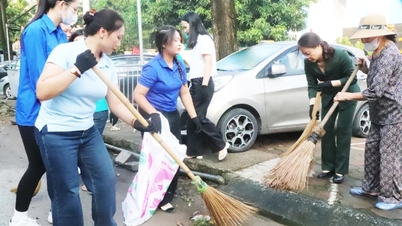
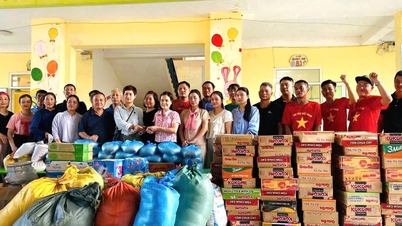












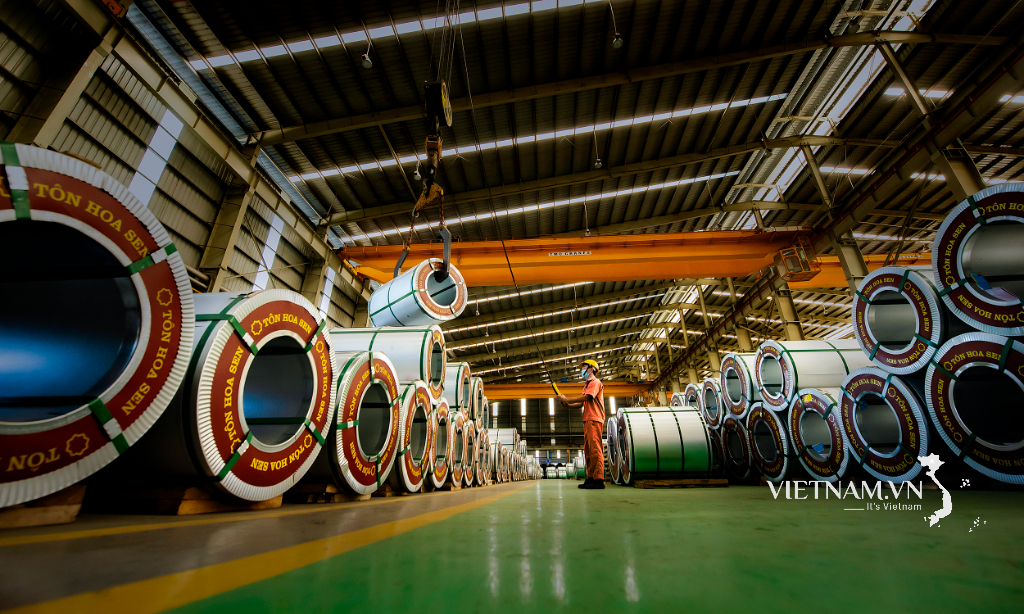


Comment (0)